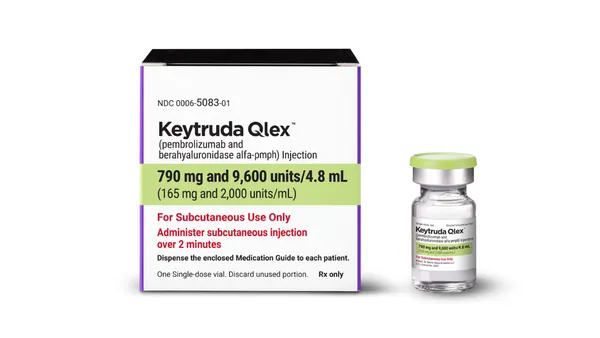Personalized Treatment Education and Feedback Can Make the Difference in Patient Adherence Paul LeVine, VP of Analytics High-quality treatment education delivered at treatment onset is crucial to attaining prescription compliance. It can improve patient understanding and foster more effective patient-physician communications. If your last doctor’s appointment was like so many others, it was probably hectic and rushed. These days even proactive patients who bring lists of questions to discuss with their doctors quickly realize that there is limited time during the office visit to actually talk about their conditions. This situation is exacerbated if the patient has been diagnosed with a new condition or prescribed a new treatment. Even in circumstances when patients do get more time with their physicians, there is a lot of information to digest all at once, and much of it may be lost by the time they leave the office. The consequences can be significant: patients may not completely understand what their physicians have said, which leads to patients not complying with their instructions. Information Sources Health-conscious and savvy patients may go home and gather information online when confronted with a new condition or treatment — even before heading to the pharmacy to fill the new prescription. But with so many health-focused Websites out there, it is a risky venture for patients to track down trustworthy information that is relevant to their specific health needs. Patients often can feel as though some physicians are unaware of this dynamic and don’t realize that they are confused and are on their own to make crucial decisions about their treatment plans. Personalized, relevant, and credible information is a critical component of treatment education. Designed to support patient-physician communications, treatment education improves patient understanding, increases the level of compliance, and contributes to better outcomes. The Right Information at the Right Time A patient’s commitment to compliance with a newly prescribed treatment is dependent upon getting the right information at the right time. This can make the difference as to whether the patient takes the next step to actually fill the prescription and to follow the proposed treatment regimen prescribed by their physician. The following is an example of how a treatment-education program might be designed to improve treatment compliance for a common disease state — high cholesterol. First patients should be given valuable information — prospectively — about what to expect when taking the cholesterol-lowering medication, including information about any side effects. In addition, the program should educate patients about the importance of cholesterol management and medication compliance for their overall cardiovascular health. For maximum impact, this information should be provided before patients fill their first prescriptions. Supplemental patient-education materials are to be mailed during the treatment cycle. To get a benchmark, after their first course of treatment, participants are surveyed to assess their understanding of the information, their self-reported compliance, as well as their intent to continue with their treatments. Physicians receive reports summarizing each patient’s survey responses, as well as the aggregate responses of patients nationwide. This type of treatment-education program can have an impact on a number of areas, including a reduction in patient drop-off, improvement in long-term product persistency, an increase in patients who report taking the medication all the time, an improvement in intent to continue medication use, a positive pass-along effect (patients believe the program would be helpful to others), and a better perception of physician care because of the program. For a program to succeed, the materials need to intervene at the key point in time when patients are making the decision to fill the prescription and to follow the regimen as prescribed. By offering valuable information about the medication, expectations about the potential side effects can be set and the importance of staying on the medication through the prescribed treatment timeline is reinforced. Next, because the program continues to offer educational support and provides relevant feedback on each patient’s experience, physicians benefit from knowing the real-world experience of their patients with a particular medication, and they also gain insights into how well patients understand the treatment regimen. Education delivered at treatment onset is crucial to attaining patient compliance. It can improve patient understanding and foster more effective patient-physician communications. As a result, doctors and patients are better prepared to talk about the condition, to monitor treatment progress in a meaningful way, and to work together toward the common goal of producing a successful treatment outcome. InfoMedics Inc., Woburn, Mass., is a pharmaceutical services provider with a proven platform that facilitates communications between physicians and patients, enhances product awareness, and accelerates market-share growth. For more information, visit infomedics.com. September 2006 VIEW on Marketing
An article from


Personalized Treatment Education and Feedback Can Make the Difference in Patient Adherence
Filed Under:
Commercialization









